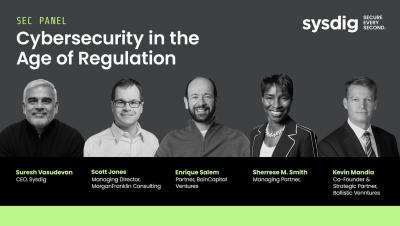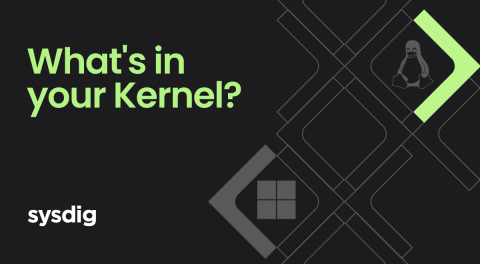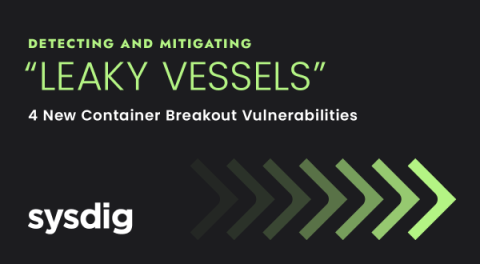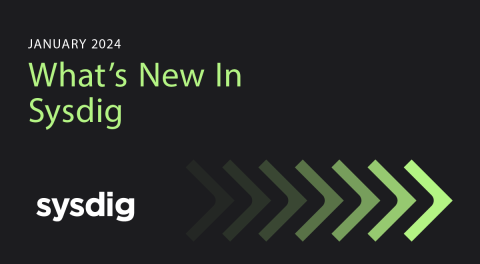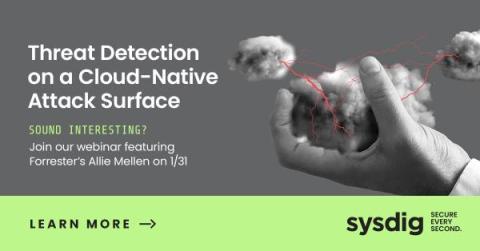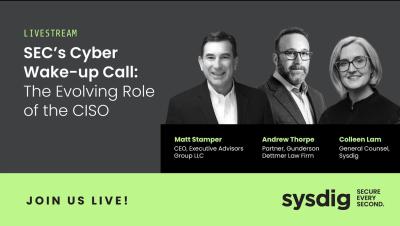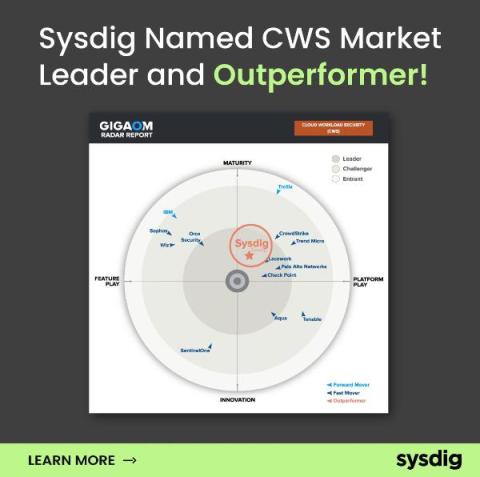Cybersecurity in the Age of Regulation - Sysdig
Cybersecurity breaches are becoming more frequent and more impactful. Adversaries continue to grow stronger, and defenders aren’t always keeping pace. On July 26th, 2023, the U.S. Securities and Exchange Commission issued new regulations on cybersecurity risk management, strategy, governance, and incident disclosure, leaving many companies concerned about how to ensure compliance with these new rules, and what changes they may need to make to get up to speed.


